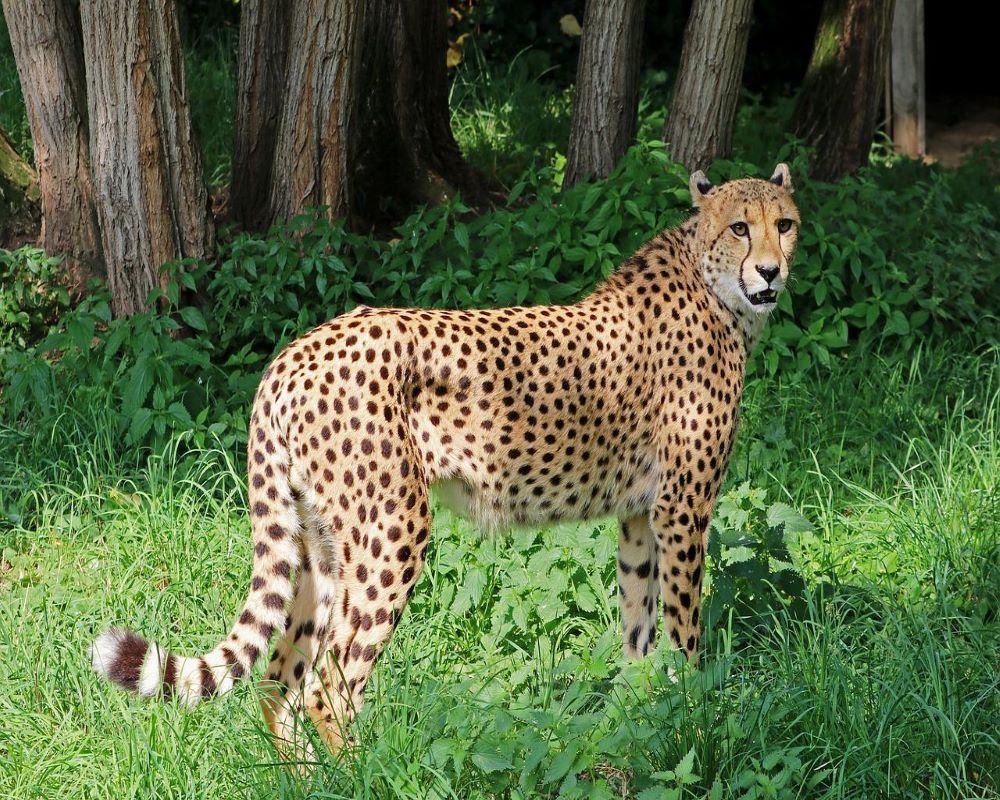
(IBNS): A female cheetah released from South Africa in Madhya Pradesh’s Kuno National Park died of mating injuries on Tuesday, a government statement said.
“The cheetah named Daksha was found fatally injured by the monitoring team on 09.05.2023 at 10:45 am. Treatment was done by the veterinarians but said Cheetah died tragically at 12.00 noon the same day,” the Ministry of Environment, Forest and Climate Change said.
Daksha was the third cheetah to die at the national park in the last three months.
[ALSO READ: United promises to triple SAF use in 2023]
Prima facie, the wounds found on the female cheetah Daksha seem to have been caused by a violent interaction with the male, during the courtship/ mating attempt, it said.
“Such violent behaviours by male coalition cheetahs towards female cheetahs during mating are common. In such a situation, the chances of intervention by the monitoring team are almost non-existent and practically impossible,” said the statement.
The autopsy of the dead female cheetah (Daksha) is being carried out by the veterinary team as per the protocol, it added.
On March 7, another female Cheetah named ‘Sasha, one of the eight cheetahs relocated to India from Namibia, had died Kuno National Park after developing a kidney infection in January.
[ALSO READ: Viva Cuba- Rides to remember in Havana’s vintage roadshow-stoppers]
Out of the 20 cheetahs that were transported from Africa to India in the past year, marking the first-ever intercontinental relocation of these animals, only 17 are currently remaining.
It was suspected that Sasha developed the kidney infection while being held captive in Namibia, and it had been facing health problems since its arrival in Kuno.
Uday, another cheetah that was relocated from South Africa to Kuno, passed away on April 2 after it suddenly fell ill.
The cheetahs were brought to India with the aim of reviving the population of the big cat in the country. The last known cheetah in India had died in the Koriya district of present-day Chhattisgarh in 1947. Subsequently, the species was declared extinct in India in 1952.




